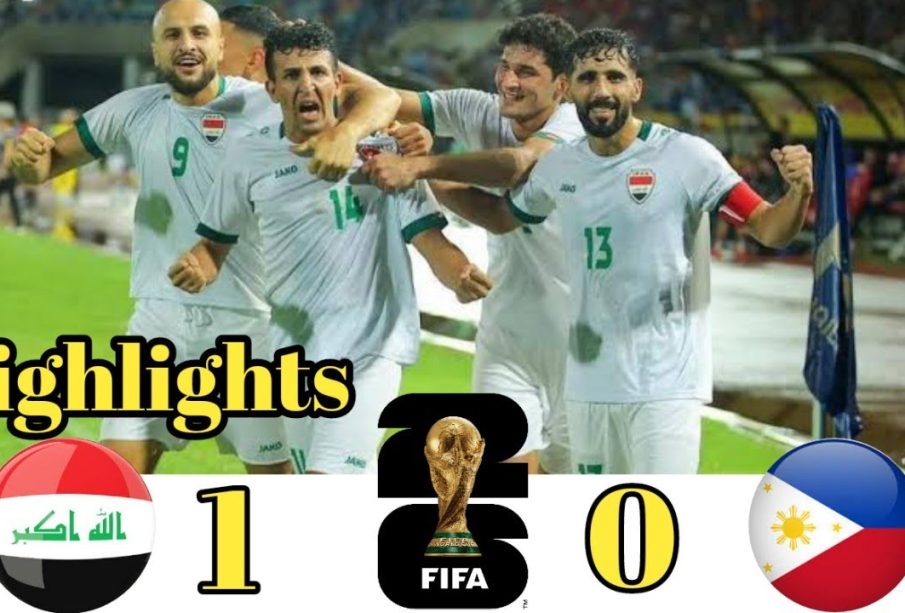Iraq vs Philippines: A Comparative Overview

Introduction
The geopolitical dynamics of the Middle East and Southeast Asia have seen a range of interactions between countries, particularly in relation to Iraq and the Philippines. Understanding the differences and diplomatic relations between these two nations is crucial for grasping the broader context of global politics, trade, and regional stability.
Geographic and Demographic Overview
Iraq, located in Western Asia, is rich in oil resources and boasts a complex history marked by conflict and political challenges. According to the latest estimates, Iraq has a population of around 41 million, primarily composed of Arabs and Kurds.
In contrast, the Philippines, an archipelago in Southeast Asia, has a population exceeding 113 million people, consisting mainly of various ethnic groups, predominantly Tagalog, Cebuano, and Ilocano. Its geography comprises over 7,600 islands, which influences its diverse cultures and traditions.
Economic Factors
The economies of Iraq and the Philippines differ significantly. Iraq’s economy is heavily reliant on oil exports, which account for more than 90% of its revenue. However, ongoing conflicts and sanctions have hindered economic growth, making it one of the less stable economies in the region.
The Philippines, on the other hand, has a more diversified economy characterized by agriculture, manufacturing, and a burgeoning service sector, especially in business process outsourcing (BPO). In 2022, the Philippines recorded a GDP growth rate of approximately 7.6%, showcasing resilience amid global economic challenges.
Diplomatic Relations
Historically, Iraq and the Philippines have maintained diplomatic ties, with the Philippines being one of the countries that have contributed troops to Iraq during the conflict in the 2000s. However, relations have evolved, shaped by regional dynamics and domestic challenges within both countries.
Notably, the Philippines has been protective of its overseas workers, particularly considering the thousands of Filipino workers in Iraq. The government has worked to ensure their safety amidst instability and conflict.
Current Events and Future Outlook
As of 2023, Iraq continues to work towards stabilizing its political landscape and rebuilding its economy following years of conflict, while the Philippines is focused on economic recovery and infrastructural development following the impact of the COVID-19 pandemic.
Moving forward, both nations face unique challenges and opportunities. Iraq must navigate its intra-national issues and international relations, while the Philippines looks to strengthen its economic resilience and regional partnerships.
Conclusion
Iraq and the Philippines, though geographically distant and culturally distinct, highlight the importance of understanding global relations in times of uncertainty. Their unique histories and current trajectories reveal insights into how nations can navigate challenges and foster cooperation in an increasingly complex world.









